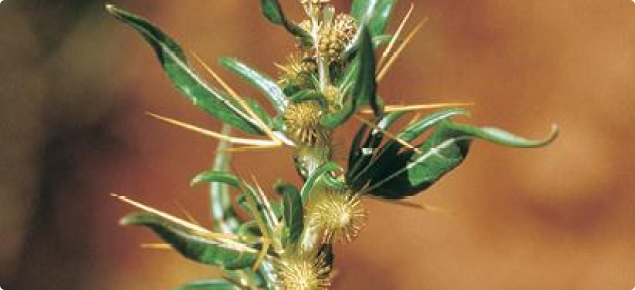A review of the declared pests of Western Australia was commenced by the Department of Primary Industries and Regional Development (DPIRD) in July 2015 and was completed in May 2016.
The review considered the declaration status of 44 vertebrate animals and 61 plants currently declared under section 22(2) of the Biosecurity and Agriculture Management Act 2007 (BAM Act).
In addition to re-assessment by DPIRD of each species, the review included broad community level consultation that included industry representatives, Recognised Biosecurity Groups, the WA Local Government Association, local governments and government agencies, and invited community and interest groups.
The review has resulted in changes to the declaration status, and/or control and keeping categories of 30 pest vertebrate animals and 48 pest plants currently found in WA. Changes were published in the Government Gazette on 17 November 2017.
The review has ensured that WA now has an up-to-date, rational, realistic and widely supported suite of declared pests.
The Western Australian Organism List (WAOL) has been updated to reflect the changes.
A copy of the review report, with comprehensive information on the review process and outcomes, can be downloaded from this page.
Background
The need for regular review had been identified in the 2014 report prepared by the Office of Auditor General for invasive species control in Western Australia, and by the WA Biosecurity Council.
Most of the current declared plants and vertebrate animals under the BAM Act had been transferred in 2013 on a like-for-like basis from the Agriculture and Related Resources Protection Act 1977 (ARRPA) declarations, without review.
For some declared species the circumstances and perceived risks that led to their declaration under ARRPA have since changed, supporting the need for review.
Review outcomes
An important outcome is 15 widespread and established weed species will be a declared pest but will no longer be assigned a control category. For these weed species DPIRD will no longer carry out compliance activities but will continue to provide advice on control techniques to landholders.
By retaining these species as a declared pest, Recognised Biosecurity Groups (RBG) can still make these pests a management priority. This supports the department’s goal for industry and the community to become more actively involved in managing pest issues that RBGs identify as a locally significant issue.
Other changes include:
- The declaration status of 14 vertebrate animals and 13 plants will remain unchanged.
- One vertebrate animal and 27 plants have become permitted organisms under section 11 of the BAM Act.
- 11 native vertebrate animals in WA have become permitted species under section 11 of the BAM Act.
- 4 vertebrate animals have become prohibited species under section 12 of the BAM Act.
- 14 vertebrate animals and 21 plants have had a change in their control category, the area declared, the keeping category or taxonomy under section 22(2) of the BAM Act 2007 and the Biosecurity and Agriculture Management Regulations 2013 (BAM Regulations).
Review process
The process used to undertake the review involved several stages:
- The technical review (re-assessment) by DPIRD subject matter experts to determine the appropriate declaration status for each species according to the DPIRD policy, Declaring and Categorising Organisms: Section 22(2) Declared Pests. The review assessment outcome provided a recommendation for each declared pest.
- The technical assessment recommendations were then reviewed by the Stakeholder Reference Group.
- This was followed by a wider public stakeholder consultation and review of the recommendations of the technical assessments and Stakeholder Reference Group feedback.
More information
Formal advice of the review outcomes will be provided directly to stakeholders. A copy of the review report, with comprehensive information on the review process and outcomes, can be downloaded from this page.
- For technical information on changes to plant species contact Rod Randall at rod.randall@dpird.wa.gov.au or 9363 4065.
- For technical information on changes to animal species contact Win Kirkpatrick at win.kirkpatrick@dpird.wa.gov.au or 9363 4061.

